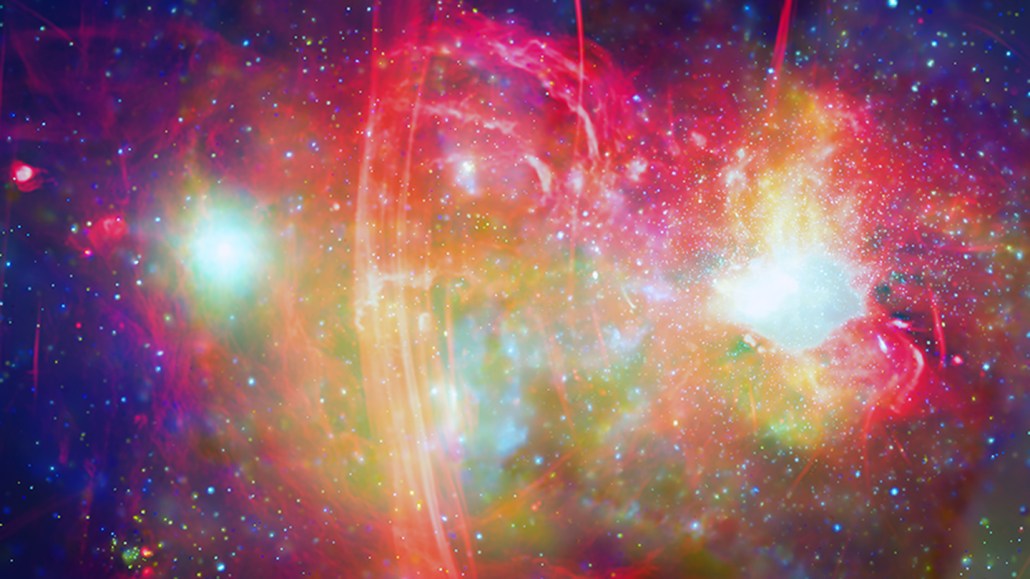
The Milky Way’s galactic center, shown here in radio waves (red) and x-rays (green and blue), has a supermassive black hole that may have whittled away nearby red giants.
X-ray: CXC/NASA, D. Wang et al./UMass; radio: MeerKAT/SARAO

The Milky Way’s galactic center, shown here in radio waves (red) and x-rays (green and blue), has a supermassive black hole that may have whittled away nearby red giants.
X-ray: CXC/NASA, D. Wang et al./UMass; radio: MeerKAT/SARAO